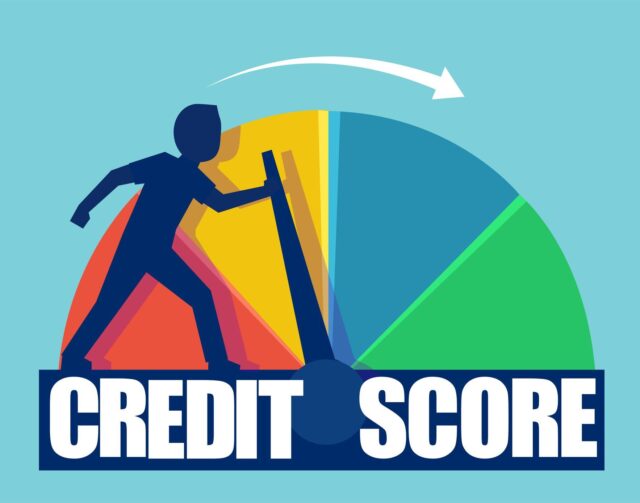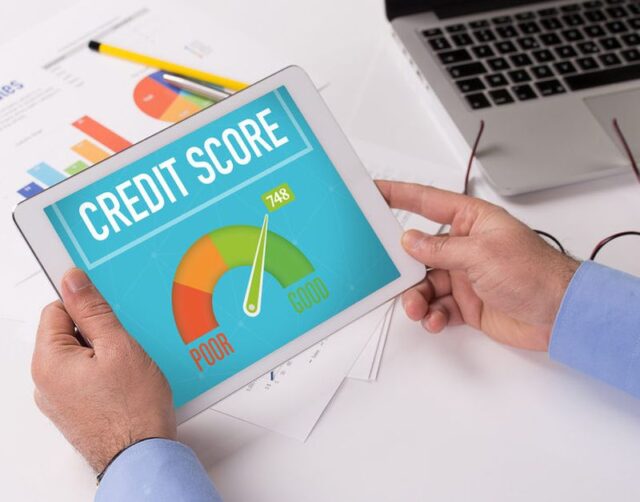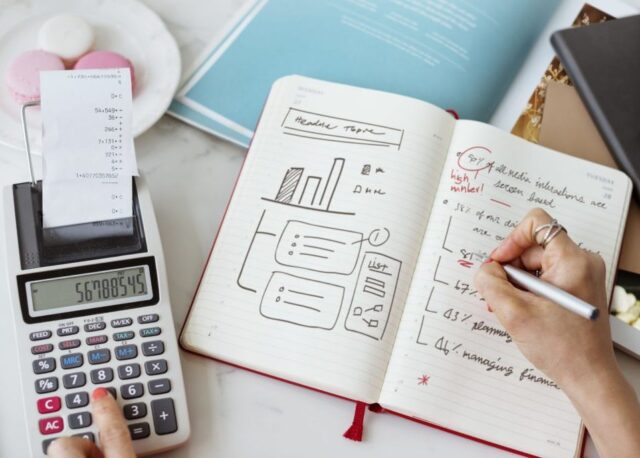
When you’re talking about your finances, your credit score is an important number. This number, usually between 300 and 850, informs future financial institutions of the kind of borrower you are.
Are you responsible for the debt and keep on top of bills? Or do you miss payments and rely on loans often? The answers to these questions generate a specific score that determines the chance you’ll get a line of credit or loan — and at what rates if you do.
With a name like “bad credit,” you don’t need to be a financial expert to know it’s not something you want. But what is it, exactly? And why do some people have it? Find the answer to these questions and more below.
What is it?

Based on the FICO scales, which range from 300 to 850, bad credit falls anywhere from 300 to 669. If your score falls within these two numbers, you’re also considered a subprime borrower.
According to Experian, you can breakdown subprime scores into the following two categories.
1. Very Poor
People with scores falling between 300–579 may struggle to be approved for the typical personal loan or line of credit. They may have better luck at qualifying for a secured loan. This product requires collateral, or a high-valued belonging, acting as backing in case they default. Financial institutions may take these belongings if borrowers fail to pay their bills.
They may also have a better chance of approval with a co-signer. If their co-signer has good credit, this may go a long way to improving their chances of approval. It doesn’t hurt that a co-signer also promises to pay the bills in case the original borrower defaults.
2. Fair
While they may have more luck securing financing than those with very poor scores, people with scores between 580–669 are still considered subprime. They may receive funding only from financial institutions willing to overlook their bad scores.
If they are approved, they’re looking at paying higher rates and fees, as financial institutions use these charges to reduce the risk they take when lending money. Of course, these rates and fees are much higher than borrowers who have prime scores.
Can You Borrow with a Bad Score?

Having a higher score makes it easier to borrow money in a pinch. There’s no way around that, so a good score should always be your goal.
In a perfect world, you would be able to put big purchases and repairs on hold until you could work up to a prime score. Unfortunately, unexpected emergencies don’t always play by the rules. There might come a time when you’ll need to borrow before you can do anything about a low score.
Things happen — you might face funeral costs after the unexpected death of a loved one which is $9500+ according to this source, or you may have to pay costly, unexpected emergency vet bills after your pet gets sick.
Luckily, in these circumstances, it’s still possible to borrow cash when you need it. There are financial institutions like CreditFresh that may offer a line of credit loans for people with bad credit. These lines of credit loans for people with bad credit are convenient and simple to request online, and they let you handle your unexpected emergency without worry.
If you do find yourself in an unexpected emergency, compare the options available for your score.
Shopping around is a crucial step of the borrowing process — no matter what your score is — but it’s especially helpful when you’re a subprime borrower. It might help you find the best possible rates and terms. Just make sure you can afford them before you sign a contract.
How Do You Become a Subprime Borrower?

Your score is a numerical representation of your past payment history. Any time a financial institution, cell phone carrier, or utility provider shares your account information with a credit bureau, this data gets filed under your name and may affect your overall score.
Subprime borrowers tend to have a more negative history than positive. They may have some or all of the following information on their consumer report:
- Late or missed payments
- High balances on revolving accounts (these are lines of credit and credit cards)
- Charge-offs
- Accounts in collections
- Foreclosure
- Bankruptcy
Can You Become a Prime Borrower?
Luckily, no score is permanent. This number may constantly be in flux, as it changes according to what’s shared with your consumer file. So, it is possible to climb out of subprime credit.
Let’s not sugar coat it: it won’t be easy. It takes seven to ten years for bad entries to be removed from your file. While that’s happening, you have to pack your file with good examples of credit.
Eventually, there will be a tipping point when the goodwill outweighs the bad. But only if you manage to keep from adding any more bad entries to your file.
So what looks good in your file? Check out these good money management habits below:

- Pay bills on time: Future financial institutions want to see evidence that you pay your bills on time because it suggests you’ll pay their bills on time, too. Even one missed due date may have an impact on your history.
- Pull back on credit: Reporting agencies evaluate your credit burden on revolving accounts like a line of credit. The more you use your limit, the worse it looks on your file, so tweak your budget to use these accounts less often. And when you do, pay off as much of the balance as possible.
- Borrow only in emergencies: Opening and closing accounts in quick succession may have a temporary impact on your history as well.
- Diversify your accounts: Reports showing a varied list of products share insights into your borrowing behavior under different conditions. As long as each of your accounts is in good standing, having variety may be the icing on the cake.
Subprime Isn’t Permanent
If your score is less-than-stellar, don’t worry. This three-digit number is constantly adapting to your borrowing behavior.
That means with the right attitude and habits, and you may be able to impact your history. It just might take some time for you to build positive entries in your file while your negative entries fall off your record.
Until then, do what you can to pay your bills on time, keep your accounts in good standing, and limit how often you tap into revolving accounts. Eventually, your good behavior may help you unlock easier access to funding — and at better rates, too!









